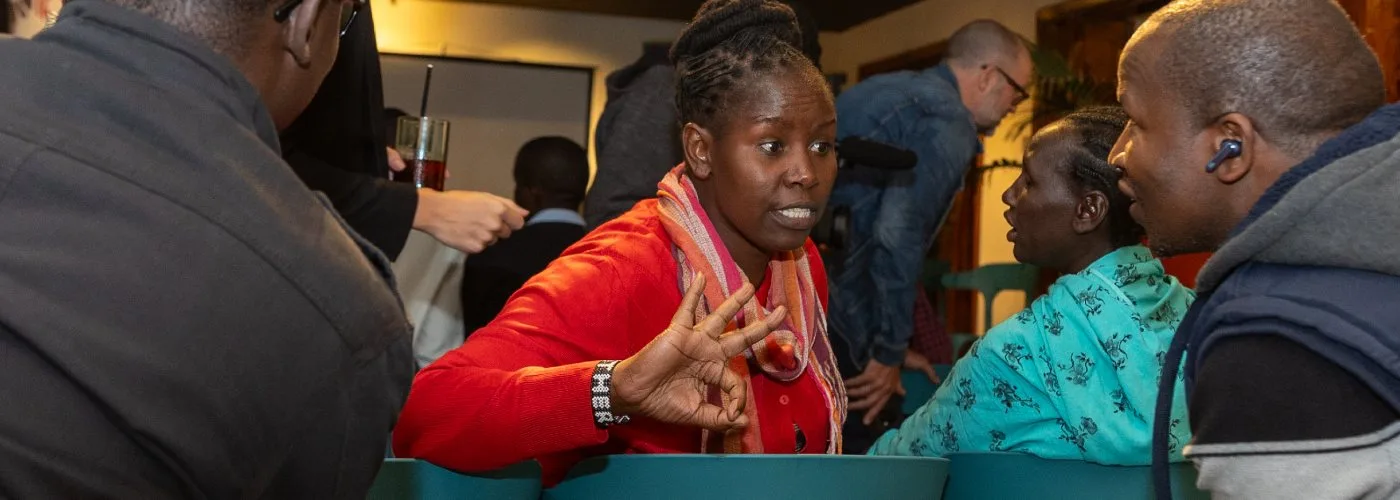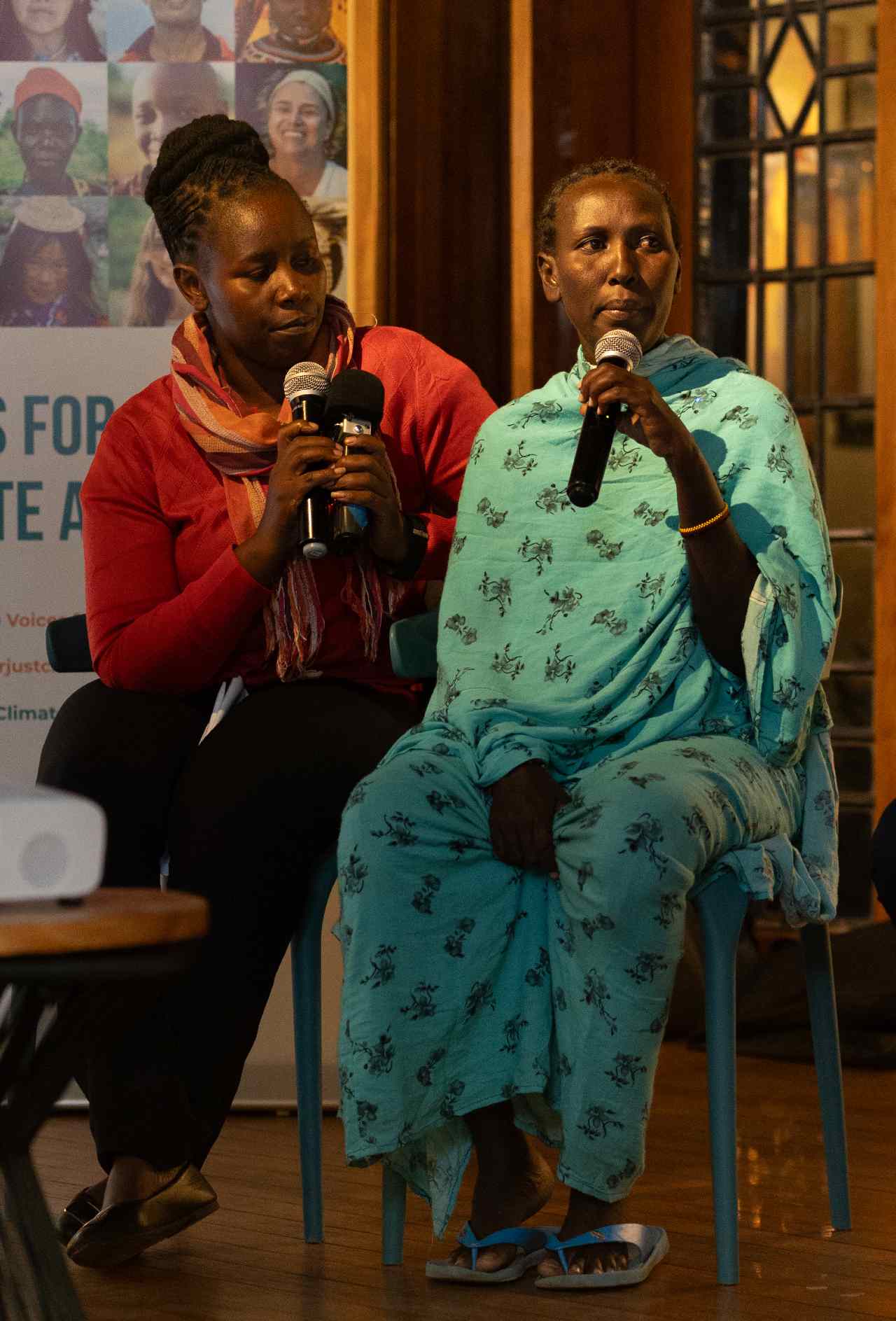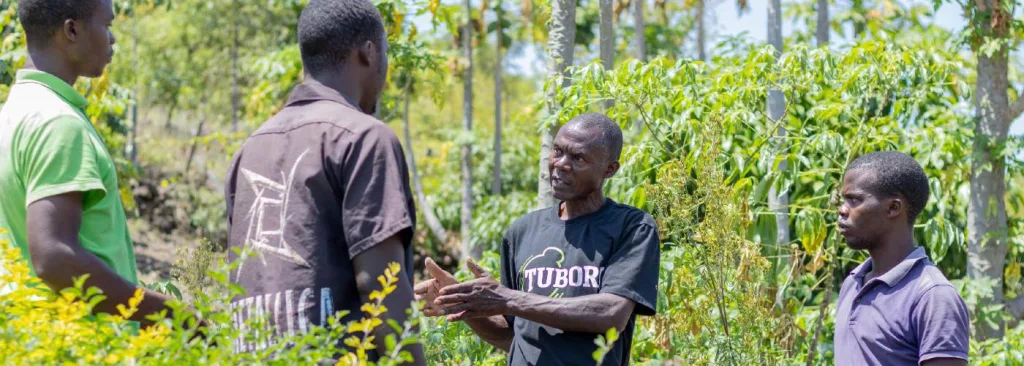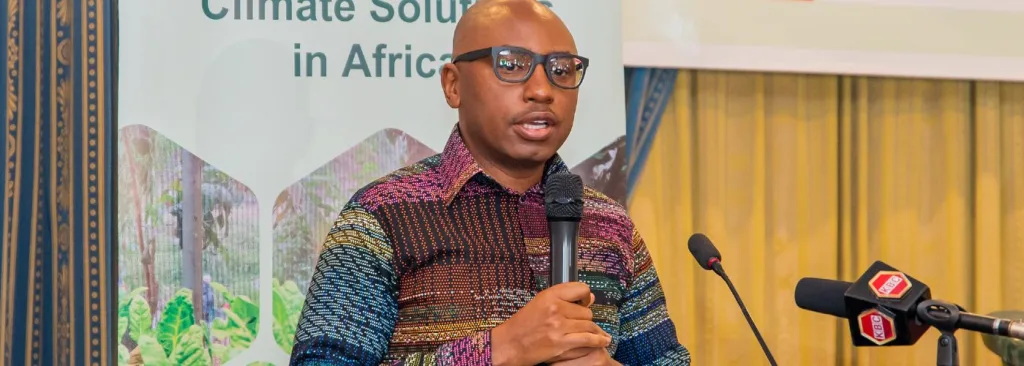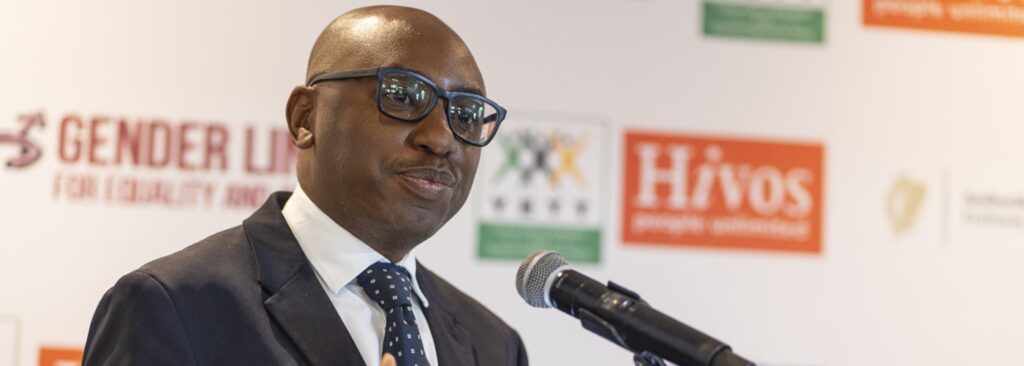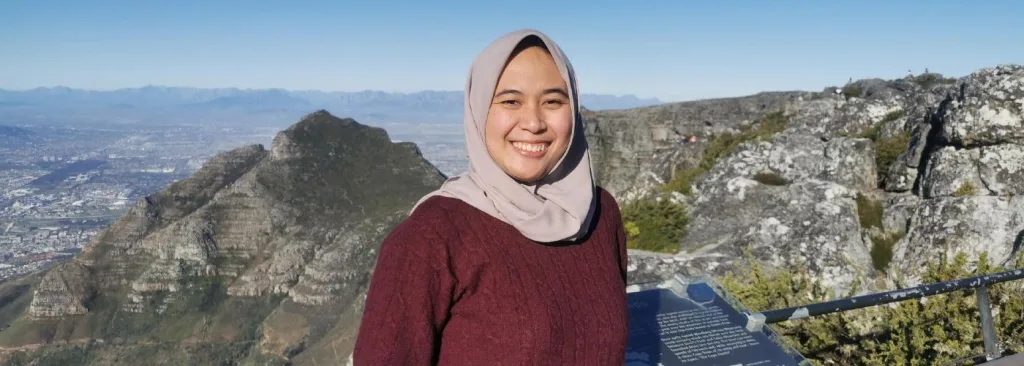Ndinda Maithya is a program manager at Hivos East Africa. She runs our Voices for Just Climate Action (VCA) program in Kenya, working with local communities to make their voices heard in national and global discussions on the climate crisis. We talked to her about how climate change affects people in Kenya and the work Hivos is doing to fight it.
“(Women) deserve a seat at the negotiation table, not as spectators, not as beggars or flower girls, but as equal participants. Without this, we aren’t going anywhere.”
How does climate change affect Kenya?
Climate change affects Kenya significantly. Large parts of the country are vulnerable to excessive drought. Rising temperatures have made droughts more frequent and longer lasting than before. Take Marsabit County in the North of Kenya, which has received so little rain over the last few years that people’s crops and livestock are dying before their eyes.
When it does rain, it pours. The rains flood the land, causing huge problems for people living downstream rivers or beside lakes. In places like Busia County, located on Lake Victoria, farmland and homes are swept away by the rising waters, displacing the people who live there.
Why do we need just climate action?
Because women, children and other Indigenous groups are affected much more by the effects of climate change than others. It’s often women who are supposed to work the land and look for firewood, tasks made very difficult in a changing climate. Although they’re the ones dealing with the consequences of climate change, you rarely find them at the tables where decisions are made.
At the same time we see ever more Indigenous people being evicted from their land. The intention is to protect the area, but these people have been around long before we got there. Just climate action means that these people also get a seat at the table.
What has Voices for Just Climate Action achieved in Kenya?
We support youths, women and Indigenous people who claim their seat at the table. Our partners are quite diverse. Some of them use creative means to get their message across. Take for example the Puppeteers, who explain the effects of climate change by putting on shows in slums using enormous puppets.
We also work with the Young Women Christian’s Association. They prepare young women to effectively engage in conversations with policy makers at international climate conferences. Women learn how to talk about the climate problems they face in language familiar to politicians and diplomats.
I shouldn’t forget to mention the Legal Resource Foundation. They give legal support to communities facing climate injustice. They also work on public litigation against big companies and the government for polluting the environment or not doing enough to stop the pollution.
What motivates you personally to do this work?
I’m passionate about grassroots women. When I see the women we work with, I see my mother. My mother doesn’t even realize she’s experiencing the effects of climate change when soil erosion damages her crops. And she doesn’t know she’s working on climate adaptation when she plants a special type of tree that prevents further erosion.
Nobody recognizes the things my mother experiences and does. Yet she represents all those grassroots women doing small things to protect and conserve our environment. I do my work because I believe they need to be seen, acknowledged and celebrated. We need to involve them in the transition. They deserve a seat at the negotiation table, not as spectators, not as beggars or flower girls, but as equal participants. Without this, we aren’t going anywhere.
Women spend ninety percent of their time doing unpaid care work. That is the norm. Now we burden them with another responsibility, namely preserving the planet as we know it. That is unjust and drives me nuts.
What’s next for climate justice in Kenya?
The next few years we want to work more with local governments in Kenya. They are the key. What we hope to achieve is that county governments start involving local communities in planning future renewable energy projects. Right now, they still only see votes when they look at community members. If politicians and governments used a quarter of the energy they put into campaigning to involve local communities in the energy transition, we would be living in a very different world.

